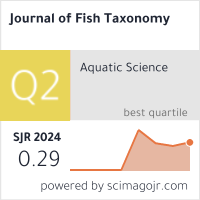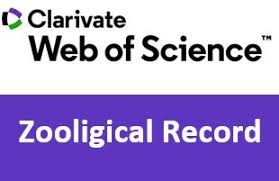Taxonomic Implications of Meristic Variation in North Atlantic Cod Populations
Keywords:
Taxonomic (TT), Meristic Variation (MV), North Atlantic Cod Populations (NACP)Abstract
It is commonly accepted that genetic differences across populations are reinforced by environmental influences
on phenotypic expression, leading to gradient variation in morphological features. We evaluated the
morphological features of two Atlantic cod (Gadus mohua) populations. When nurtured in the same laboratory
setting, juveniles from the two groups showed remarkable variations in shape. Nevertheless, there was no
difference in the two populations' juveniles body forms grown in the wild, showing that the genetic variances
between the populations were concealed by the competing influences of the varied environmental variables faced
in the wild. We hypothesize that stabilizing selection for the same ideal phenotype may account for a considerable
percentage of the genetic variation in fish body structure, leading to genetic divergence throughout populations
under various environmental stressors. This article summarises studies on the diversity in the mitochondrial DNA
sequence found in Atlantic cod (Gadus morhua) in the North Atlantic and its environs. The population genetic
architecture of the Barents Sea, Northeast, and Northwest Atlantics has seen significant modifications. Compared
to populations from the Northwest Atlantic, which are all dominated by a single common genotype and show
little diversity in haplotype and nucleotide content, samples from Norway and the Barents Sea support many
genotypes at intermediate frequencies and exhibit far more genetic variety.








